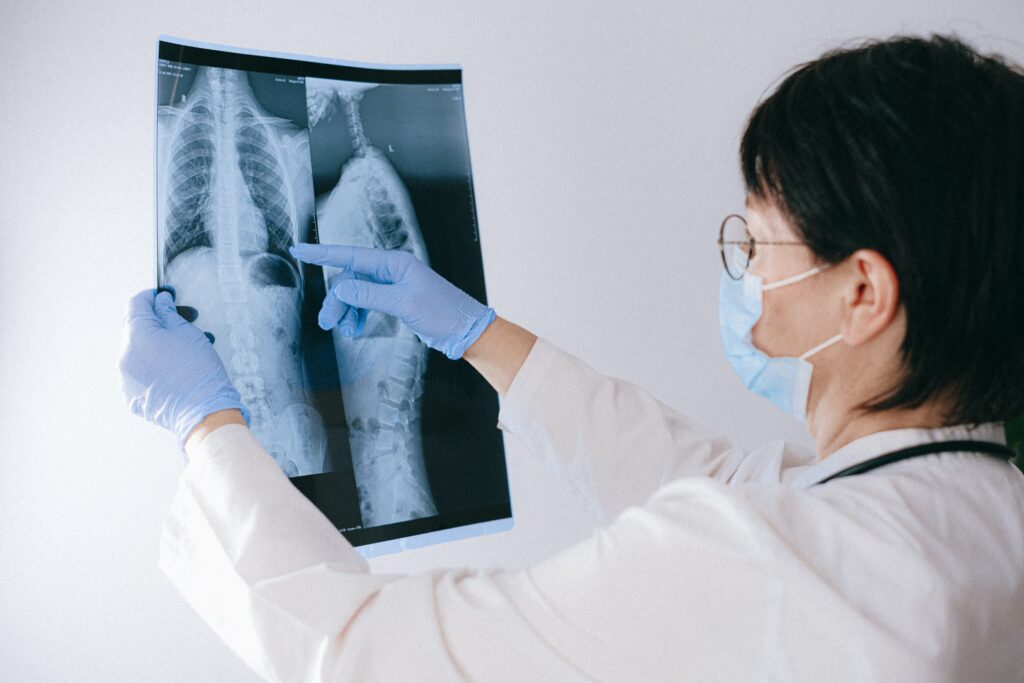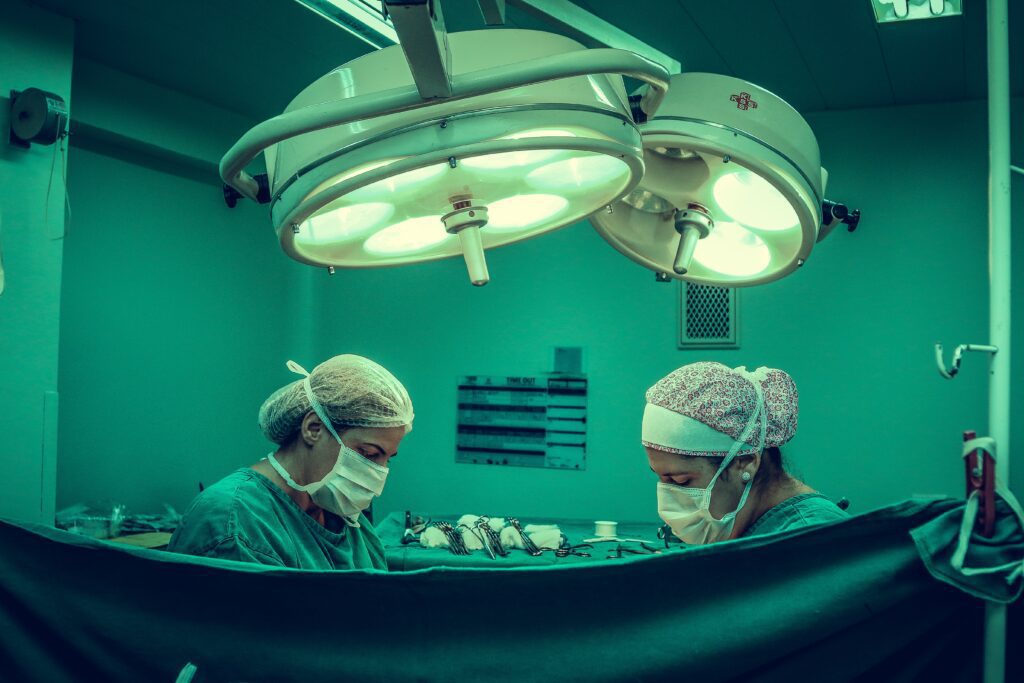Transcatheter implants are a type of medical device that can be delivered within the body through a catheter designed to access the anatomy through the smallest opening possible. There are many types of implants that can be delivered through a catheter including:
- Stents,
- Stent grafts,
- Aortic valve implants,
- Heart pumps,
- Left atrial appendage closure devices
- Embolic coils,
- IVC filters,
- Flow reducers,
- Balloons,
- Sensors,
- Spine implants,
- Gastric implants,
- And many more.
Transcatheter implants have revolutionized the way certain medical conditions are treated by providing a minimally invasive alternative to traditional open surgical methods. Developing an implant and its catheter-based delivery system in parallel can be a complex process, but it is essential to ensure that the implant and delivery system work together seamlessly to achieve the desired clinical outcome.
Transcatheter implants have revolutionized the way certain medical conditions are treated by providing a minimally invasive alternative to traditional open surgical methods. Developing an implant and its catheter-based delivery system in parallel can be a complex process, but it is essential to ensure that the implant and delivery system work together seamlessly to achieve the desired clinical outcome.
Start with the Implant
First, the implant design must be carefully, purposefully planned, factoring all the key design inputs and use conditions. This will determine the size, shape, and materials needed to achieve the desired clinical outcome. The implant must fit within the desired delivery system while still allowing for robust and accurate deployment.


Typically, there are two categories of implant: self-expanding and balloon expandable. Self-expanding implants are made of materials that expand once released from the delivery device. Nitinol is one of the most used shape memory materials for self-expanding applications.
Balloon expandable implants are usually pre-mounted onto a balloon that is used to expand the device to the desired diameter once it’s in position.. It’s critical to design implants and balloons together toensure optimum performance. Design and development of balloon implants that are effective and reliable after being loaded and deployed can be a significant challenge.
Some implants need to be retrieved after being deployed. It can be especially challenging to create a device that can be easily and safely retrieved, if necessary, especially if implanted long enough to promote tissue ingrowth. The implant design can be refined to limit tissue ingrowth or bioabsorbable polymers may be considered to eliminate the need for any removal procedure.
Then, the Delivery Catheter
Next, the catheter-based delivery system should be designed and developed around the implant. While advanced design and simulation tools may be effective for design iterations of the implant, it is often best to produce physical prototypes of the catheter delivery system for implant loading and deployment trials.
First prototypes of the catheter can leverage existing devices, off-the-shelf materials, and 3D printing parts for fast learning, design inspiration, and refinement of the specifications (for both implant and delivery system). Many delivery systems eventually settle on custom-made components that are specifically tailored to the implant and use conditions.


The delivery catheter requires a thorough understanding of anatomy. The device must be able to navigate through the complex and often narrow pathways of the body to reach the targeted area while being reliable, atraumatic and easy to use. There are multiple ways to help implant delivery systems reach their target including:
- Guide catheters,
- Guidewires,
- Steerability mechanisms,
- Hydrophilic coatings,
- Shape memory tips,
- Magnets,
- Imaging,
- and computer controlled robotic systems.
Guide catheters are relatively stiff and provide a smooth tube for a smaller and softer implant delivery system to advance through to reach the target area reliably and easily. Catheters can also track over a guidewire, i.e. a physician can first lay the track by maneuvering a guidewire into tortuous anatomy before advancing the catheter over the wire to the target destination. If a guide catheter or guidewire is not compatible with the case, then a steerable implant delivery system can be made with mechanisms that allow the operator to rotate or deflect the tip of the catheter using controls integrated into the handle.
Smaller target areas (e.g. neurovascular aneurysms) tend to have delivery systems that are stiff near the handle and soft near the tip with gradual transitions in between. Large target areas (e.g. heart and aortic aneurysms) tend to have catheters that are very stiff throughout the length of the delivery system.
Implant delivery catheters typically have handle designs that allow for easy and precise manipulation during the implantation procedure. Some common handle design options include a knurled handle, which provides a textured surface for improved grip, and a winged handle, which allows for easy control and positioning of the device with one hand. Other options include a ratcheting handle, which allows for adjustable tension during implantation, or a trigger handle, which allows the user to release the implant with a trigger mechanism. Most devices have a multi-component handle design, which includes a combination of the above options. Delivery systems also include hubs that can connect to a syringe, lead wire, etc.
The catheter must reliably deliver the implant accurately and precisely to the desired location within the body. Confirming the proper location is commonly done by imaging techniques that can identify radiopaque markers on the delivery system or implant itself.


Finalizing the Design
First, the implant design must be carefully, purposefully planned, factoring all the key design inputs and use conditions. This will determine the size, shape, and materials needed to achieve the desired clinical outcome.
The implant must fit within the desired delivery system while still allowing for robust and accurate deployment.
Looking for an experienced partner to help build a transcatheter implant? Contact our team of experts today!
By Tanner Hargens and Robert Murray
